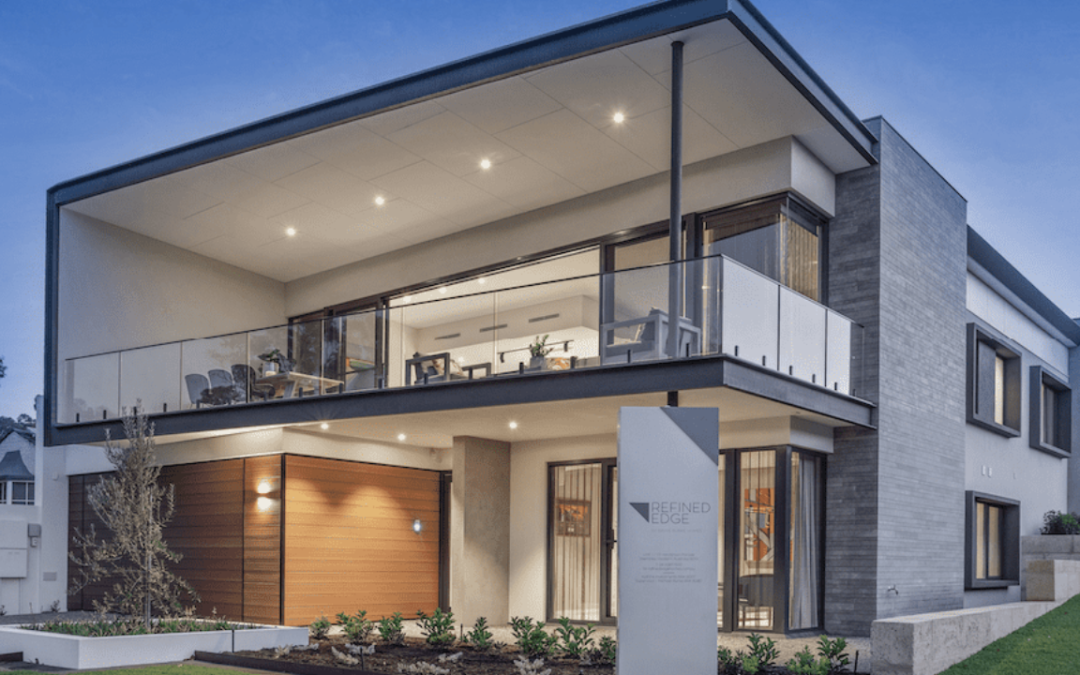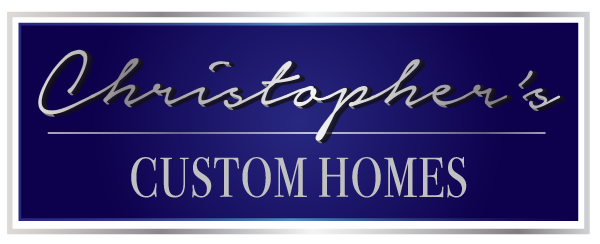
What is the Most Cost-Effective Way to Build a Custom Home?
Building or designing your own home is the desire of most people; however, it can turn out to be a costly affair if the proper strategy is not adopted. There are many ways you can ensure that your decision to build an affordable custom home meets the common and worthy standards. It is possible to save money when it comes to material selection, design solutions, and project management while still achieving the desired results to get a comfortable home. In this blog, you will learn the most cost-effective way to build your custom home.
7 Cost-Effective Ways for Building Your Custom Home
Here are a few cost-effective ways to build your custom home:
1. Plan and Budget Wisely
Proper planning and initial developments of a construction project involving a custom house require an initial strategic plan and financial cost estimate for the purpose of meeting its aim of utilizing efficient economical methods. Collaborate with a custom home builder like Christopher Custom Homes to come up with a design and cost on different phases of the construction process. It can allow you to track your spending accurately, understand where your money is going and even which components of the project need revision. Another important factor that must be considered is contingency costs, which are expenses which have not been foreseen and appear during construction.
- Key Tip: Start with a fixed budget and stick to it as much as possible. Regularly review costs with your builder to stay on track.
2. Choose the Right Location
The price of your land will define a large portion of how much it will cost to construct a house that reflects your custom home. Another area of concern while selecting a site is whether it is compatible with the zoning ordinances of the land, electricity, and costs of preparing the land. Avoid the use of grounds that need much grading or even clearing, as these services are very expensive. Also consider how far you’d be from key facilities such as schools, hospitals, and work—over the long term, the cost of transport can impact your home.
- Key Tip: Avoid purchasing land that will need extensive site work or modifications, as this can inflate the cost of your build.
3. Simplify the Design
Although choosing a large architectural style may be alluring, minimalism frequently results in cost savings. Complicated geometries of the walls, where the floor plan includes multiple corners, curves, or other details in the roofing, lead to increased labor and material costs. Instead, select a plan that has straight walls like rectangles or squares because they are less costly and easy to construct. While the over-the-top looks were part of the early gothic style, one can still achieve a great look without going overboard, where smart layouts, open spaces, and functional designs crop up as evidence.
- Key Tip: Work with your architect to create a design that balances beauty with practicality.
4. Prioritize Energy Efficiency
Constructing an energy-efficient home is one of the best ways to save money both during the construction phase and throughout the usable life of your residence. Using energy-saving materials and technologies can decrease more frequent energy expenses in the long run. Some of the strategies include: Insulation; windows; and solar energy. Despite having these factors more expensive than they are in the first place, the long-term cost of electricity bills can offset these costs.
- Key Tip: Look into energy-efficient appliances and HVAC systems to further reduce your home’s running costs.
5. Consider Modular or Prefabricated Components
Another method of reducing costs while avoiding compromising the quality of the material is to look at the buildings in terms of modular or prefabricated units. These are sections of a home that are designed and fabricated off the construction site and then fitted together at your convenience. Many people find that relocatable homes are cheaper than most custom builds because they entail less labor and material waste. The use of modular construction also brings shorter construction time as a result of the shortened time of financing.
- Key Tip: Discuss with your builder if a hybrid approach, combining custom and prefab components, could be a viable option for your home.
6. Source Local and Cost-Effective Materials
The type of material to be used in the construction of custom home can be very influential in the overall cost of the construction project. Choose local materials, since the price may considerably increase if many materials have to be imported from other countries because of the transportation expenses. It’s possible to use low-cost but strong and lasting materials such as concrete, steel, and recycled timber, which could also cut down greatly on the costs of construction.
- Key Tip: Choose materials that are not only budget-friendly but also environmentally sustainable for long-term benefits.
7. DIY Where Possible
Companies with construction skills or expertise should suggest tackling some do-it-yourself projects to cut labor expenses. You may not be able to construct the whole home by yourself but there are many little things that you can do. There are certain tasks, such as painting, landscaping, and even tiling, that many homeowners do on their own. It’s easier and can mean cutting down on the amount that was to be spent on labor a lot. As long as you’re reasonable with your ambitions and don’t take on too many commitments that you know you can’t handle, then it’s a good system.
- Key Tip: DIY work can be a great way to add personal touches to your home without additional cost.
Conclusion
Building a custom home is the dream of many homeowners, but they are always worried about the cost, especially when they are working with a limited budget. It is a misconception that owning a custom home will be very expensive. If you manage your budget well, choose less complicated designs, and practice in terms of materials and energy efficiency, you can build a beautiful home at a reasonable price and use it for many years. Don’t hesitate to engage professionals like Christopher Custom Homes to help you avoid or overcome some of the pitfalls.
FAQs About Building a Cost-Effective Custom Home
What is the most efficient type of house to build?
The type of home that is best to build is often a small rectangular shape with good insulation. Energy-conserving windows and doors, as well as efficient heating and cooling systems, are available to help reduce energy bills and create an environmentally friendly home.
How do I save money on a custom-built home?
To save money on a custom-built home, one should start early with overall planning and budgeting, prefer simple designs, use local products, and consider modular or prefab construction. Also, choosing energy-efficient technologies and doing minor work yourself will help save more money.
What is the most expensive part of building your own home?
The biggest part of the expense always goes into the framing and foundation, as it takes many materials and labor. In addition, in preparation for construction, costs such as land acquisition and preparation, as well as costs related to the installation of utilities, are additional expense factors influenced by the project site.
What is the most inexpensive style of home to build?
A ranch-style home is preferably the most economical type of home construction. It does not require much complex construction as it is a single story and hence will require less labor and minimum materials. The design here is likely to be rectangular or L-shaped, as these are easier and faster to build.
How do you build a super-efficient home?
If you want to build a super efficient home, focus on insulation, windows, heating, ventilation, and air conditioning systems. Another way in which sustainability can be achieved is the integration of solar panels, as well as the use of sustainable building materials.
How long does it take to build a custom home?
On average, building a custom home can take 9 to 18 months to build; however, this depends on various factors, such as the type of climate, the selection of materials, as well as the complexity of the construction plan. However, this preparation time can be reduced to some extent by using prefabricated homes.
Can I make changes during construction to save money?
Yes, it is more effective when major design and material decisions are made before the construction process begins. Changes in ideas often mean that projects will take longer to complete and cost more than expected. Always remember to talk to the builder about how changes will affect their finances.
